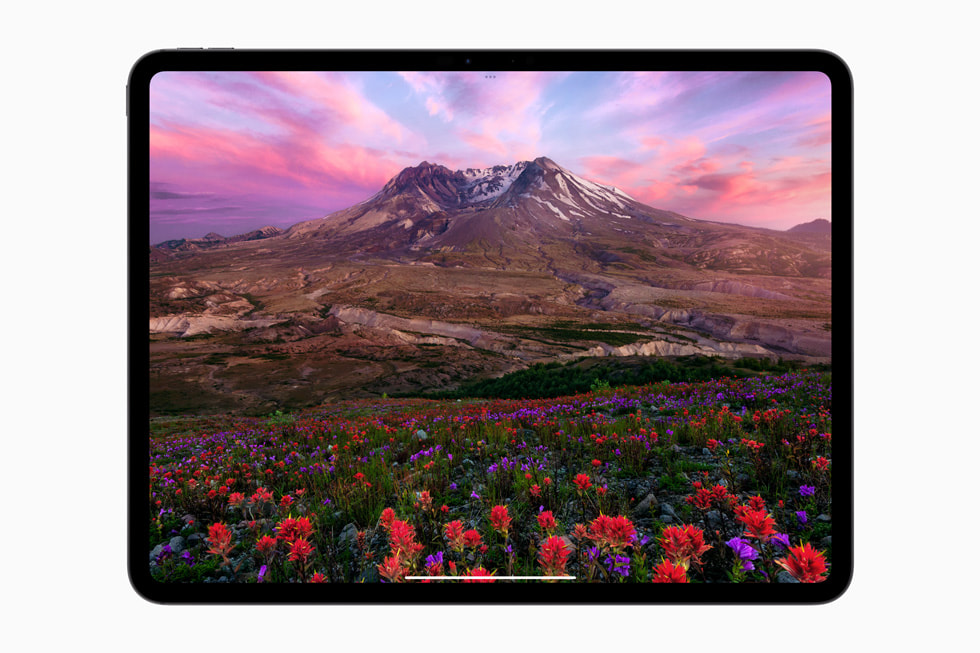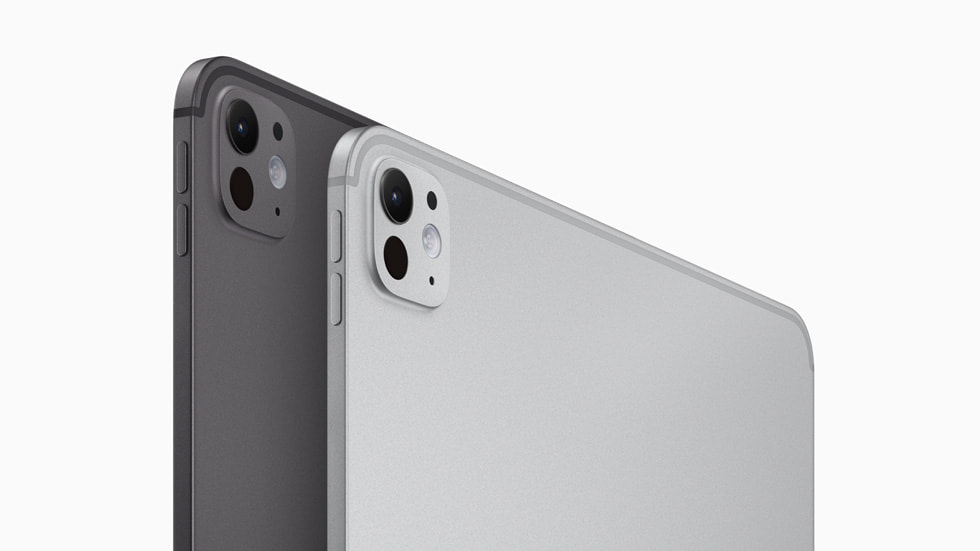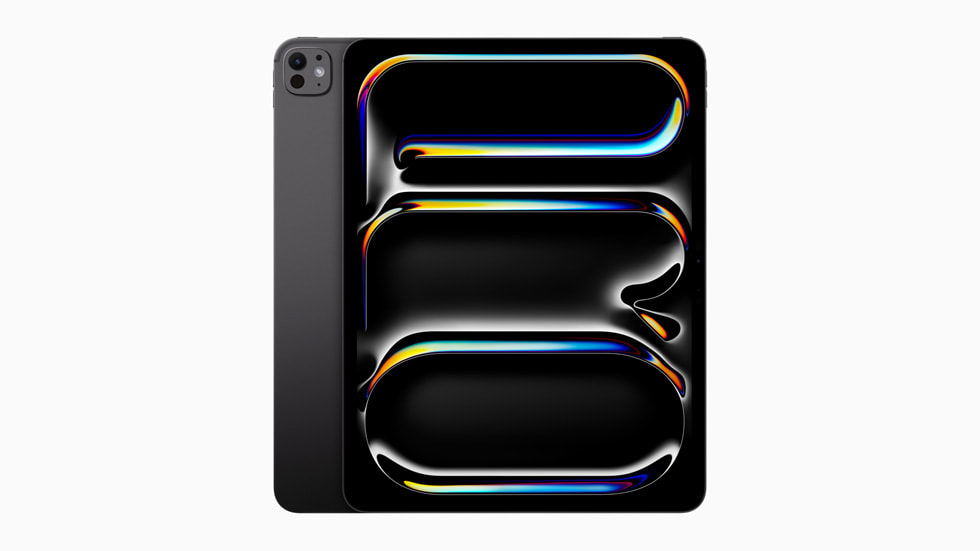The new iPad Pro M4 is thinner, has a larger battery, and a more powerful M4 chip, but with limited software optimization. The new Apple Pencil Pro offers enhanced features but requires a new iPad. You can’t use it with the older iPad Pro, which is a bummer. For individuals with an older iPad Pro lacking an M series chip, upgrading to the new M4 version is beneficial.
The new iPad Pro comes with minimal packaging changes, eliminating stickers and plastic, but still includes a white 20W charging brick, despite Apple’s decision to stop shipping bricks with iPhones, raising concerns about the value of the high-priced device.

Design and Display
The new iPad Pro introduces OLED display technology, a larger 13-inch screen option. It also features a refreshed design, making it Apple’s thinnest product to date. The OLED panels provide better contrast ratios, deeper blacks, and more vibrant colors compared to mini-LED screens. Both the 11-inch and 13-inch models can reach 1,600 nits of peak brightness in HDR and 1,000 nits in SDR, a notable improvement over previous models.
The 13-inch version is 5.1 mm thick and weighs 1.28 pounds, making it lighter and thinner than its predecessors. Despite these upgrades, the differences in display quality might not be immediately noticeable to all users, especially those not working with professional-grade content.

Camera and Audio
Apple has repositioned the 12-MP front camera to the center top edge for better video call alignment and replaced the dual rear cameras with a single 12-MP camera. While this change might simplify the camera setup, it feels like a step back for a device marketed for its advanced capabilities. The new adaptive True Tone flash and lidar scanner aim to improve document scanning and AR experiences.
The iPad Pro now has four studio-quality microphones instead of five but retains its excellent quad-speaker system. Which has a little less bass than its predecessor because of the thin design. The new thin design kept a bit little room for the speaker.

Performance
The iPad Pro’s M4 chip, built on a second-generation three-nanometer process, promises significant performance improvements with up to 1.5 times faster CPU performance and a four times faster GPU. However, in everyday use, the performance difference from the M2 model is barely noticeable for typical tasks like writing, emailing, and video calls. It remains limited by its software, being seen as an overpowered iPad rather than a full-fledged computer, as Apple aims to protect its Mac lineup.
The M4 chip introduces new features like hardware-accelerated ray tracing for gaming, enhanced capabilities in music production apps like Logic Pro, and a subtle upgrade system for higher storage models, including increased RAM and CPU cores.
Accessories
The new Magic Keyboard Case, priced at $349, features an aluminum palm rest, a row of Function keys, and a larger trackpad with haptic feedback. While these are welcome improvements, the case remains top-heavy and prone to tipping over when used on a lap. The new Apple Pencil Pro ($129) includes a gyroscope for finer control and a “squeeze” feature to access the tool palette but is only compatible with the latest iPads.

Software and Usability
Despite the hardware upgrades, iPadOS continues to be a limiting factor. Stage Manager improves multitasking, but the overall experience remains less intuitive compared to macOS. The lack of M4-specific features at launch leaves the iPad Pro feeling incomplete. The true potential of the M4 chip may be realized with future iPadOS updates, possibly including AI features rumored for iOS 18.
Conclusion
The new iPad Pro is a solid upgrade in terms of hardware design and display quality, but it falls short of justifying its high price tag without significant software advancements. For most users, the M2-powered iPad Pro remains a viable option, especially if found at a discounted price. Creative professionals who prioritize a lighter, thinner, and brighter device might find the new iPad Pro appealing, but it’s wise to wait for upcoming software updates before making a decision.



